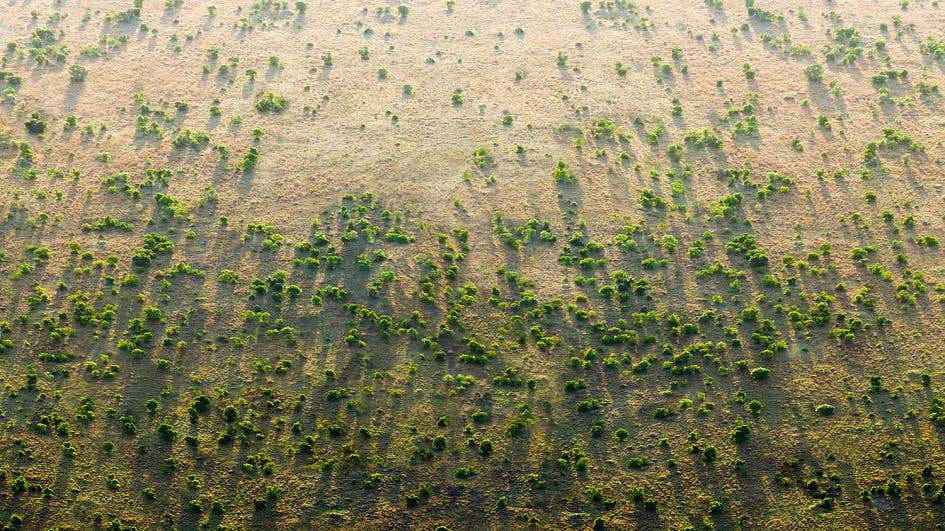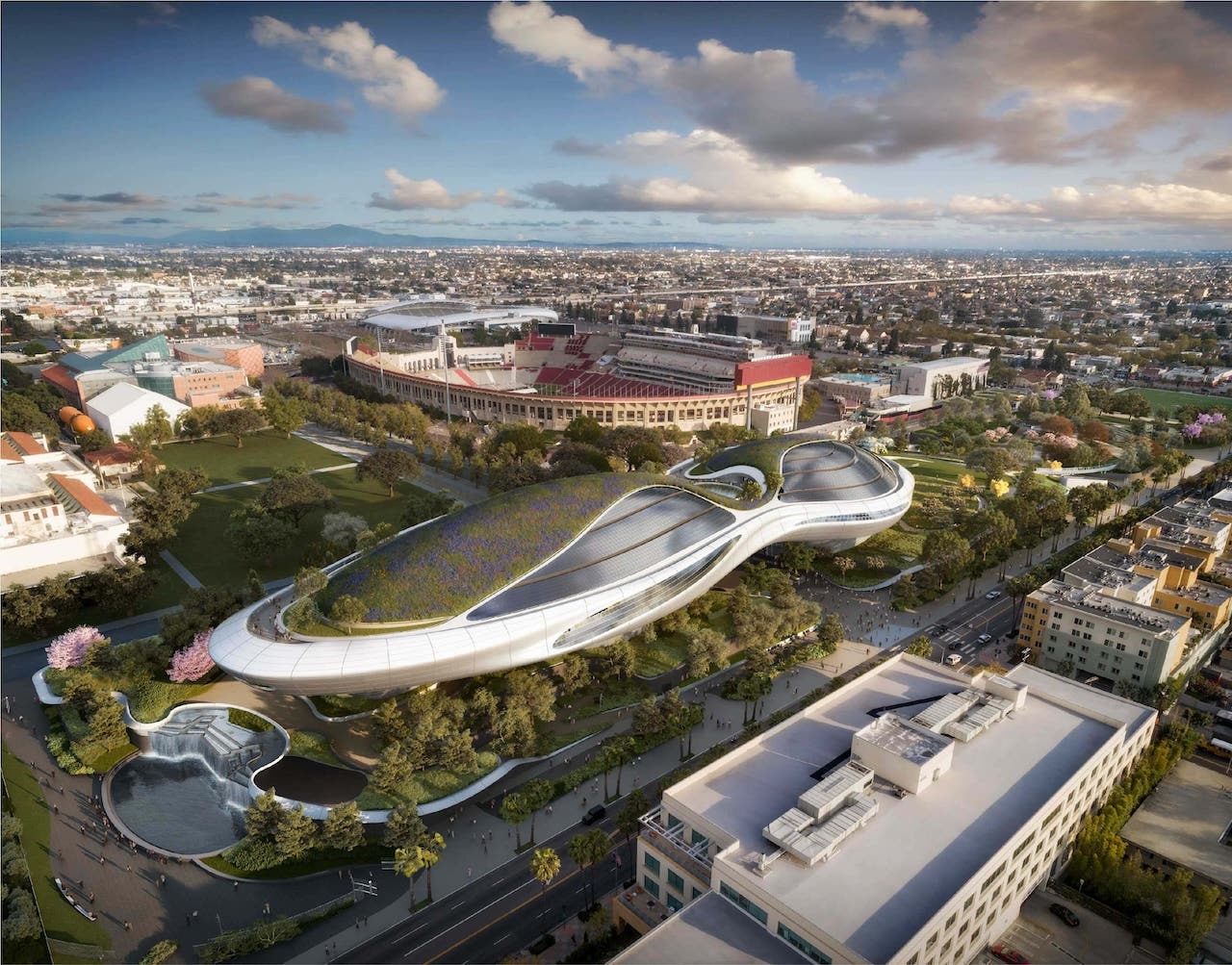The Great Green Wall Of Africa: Is This The Next Wonder Of The World?
This is where the Great Green Wall comes in, a project that could save an entire region from ecological collapse.

[Aug. 2, 2020: EuroNews]
In 2018 it was found that the Sahara, the biggest desert in the world after Antarctica and the Arctic, had increased in size by 10 per cent over the last century. This expansion is due to a combination of man-made climate change and natural climate cycles, with most of the change happening along the northern and southern edges of the desert.
Desertification is a major problem around the world, not least in the Sahel region (which runs from the southern belt of the Sahara to the Sudanian savanna below) where some of the world’s poorest communities reside. Despite the Global North being the most significant contributors to greenhouse gas emissions and global warming, it is people like those living in the Sahel who are paying the price.
The Sahel community are on the frontlines of the climate crisis, dealing with persistent droughts, famines, and rapidly depleting natural resources on an ongoing basis. As a result, millions of people across the region, from Senegal to Djibouti, are being left to handle the severe repercussions of the climate emergency without much help.
This is where the Great Green Wall comes in, a project that could save an entire region from ecological collapse.
Like these kind of stories? Get The Brighter Side of News' newsletter.
WHAT IS THE GREAT GREEN WALL?
An entirely African-led initiative, the Great Green Wall is an ambitious project looking to grow an 8,000km natural wonder across the full width of Africa. Since 2007, millions of trees have been planted across the southern edge of the Sahara desert - with millions more to go.
It was initially intended to be just a line of trees, stretching east to west, to help tackle the Sahara’s expansion down south. However the project, funded by the African Union, quickly evolved into a tapestry of different environmental interventions, using a range of ecological tools to construct a belt of greenery across the continent. Although trees are still the primary focus, other methods are being used to help restore the land, based on the specific biogeographical needs of an individual area. The project has received praise from around the world, including Irish President, Michael Higgins, who said the Great Green Wall “represents the best kind of international cooperation that will be required in this century."
By the time the wall is complete it will be the largest living structure on Earth, triple the size of the Great Barrier Reef.
IS THE WALL FINISHED YET?
Currently the Great Green Wall is about 15 per cent complete, but the success of the project has been far greater than initially expected. Degraded land is being restored at an unprecedented rate, which means increased food security for nearby communities.
Nigeria, Senegal, Burkina Faso, and Ethiopia have so far seen the most significant gains across the Sahel region. Over 17 million trees have been planted in Burkina Faso, equal to an area of about 31,000 acres. Nigeria has seen over 12 million acres of degraded land restored, while Senegal and Ethiopia have had similar levels of success.
By combating desertification in the area, the regions have begun to see increased rainfall as well as more resilient and fertile agricultural spaces.
But the ecological impact is not the only focus of this project, as the scheme also looks to empower and develop surrounding communities.
WHO IS THE PROJECT HELPING?
“The Great Green Wall is about development; it’s about sustainable, climate-smart development, at all levels,” explains Elvis Paul Tangam, the African Union Commissioner for the project.
“Each of the 30 countries developed national action plans, that is the biggest achievement, because now they own it. It’s about ownership, and that has been the failure of development aid, because people were never identified with it. But this time they identify. This is our thing.”
As communities across the Sahel region are employed to build and then maintain the wall, the project is intended to have long-lasting benefits for both people and planet. The population across the Sahel is projected to double by the year 2039 - meaning a project which tackles the area’s environmental issues, while also providing employment opportunities, is more vital now than ever.
“The Great Green Wall promises to be a real game-changer, providing a brighter future for rural youth in Africa and a chance to revitalise whole communities,” says the Monique Barbut from the UN Convention to Combat Desertification. “It can unite young people around a common, epic ambition: to ‘Grow a 21st Century World Wonder’, across borders and across Africa.”
After decades of international aid programmes struggling to result in any meaningful change across the Sahel region, perhaps the success of the Great Green Wall can be used as a blueprint for future eco-development projects around the world..... Read More



